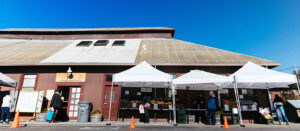 The town of Pt. Reyes Station itself is, by all accounts, pretty tiny. But the reach of local community hub and Food Bank partner West Marin Community Services (WMCS) extends to nearly 16,000 neighbors in rural West Marin — as far as Dillon Beach to the north and Bolinas to the south — with an array of services including a food pantry, financial support, a youth center, and a thrift store.
The town of Pt. Reyes Station itself is, by all accounts, pretty tiny. But the reach of local community hub and Food Bank partner West Marin Community Services (WMCS) extends to nearly 16,000 neighbors in rural West Marin — as far as Dillon Beach to the north and Bolinas to the south — with an array of services including a food pantry, financial support, a youth center, and a thrift store.
We met Alma Sanchez, Food Pantry Manager at WMCS, on a Thursday afternoon as golden hour set in. Neighbors stopped by the food pantry periodically, many exchanging a few friendly words with Alma and other staff.
Accessibility for Farmworkers in West Marin
Outside WMCS’ main building, fresh produce provided by the Food Bank — like zucchini, broccoli, corn, oranges, cauliflower, eggplant and apples — was on full display at their farmer’s market-style food pantry. Inside, extra community food donations filled a few fridges. 
Alma helped restock produce outside, explaining to us as she went: “There are remote areas where people live on ranches [in West Marin]. There’s no transportation and difficult access to stores. This is the only place that is open five days a week, four hours every day.”
WMCS serves all members of the community. But their pantry schedule is especially critical for farmworkers and their families, who often can’t attend during the limited hours at other pantry sites. Additionally, many farmworkers “don’t qualify for CalFresh, or they’re afraid to apply because they don’t know how it works.” That’s where WMCS steps in and helps fill the gaps with fresh, healthy groceries.
Resourceful and Resilient
 During the intense flooding back in December, “People were saying, ‘We have no power, we lost everything in the fridge,’” Alma shared. “Those days we were very busy, and we operated with no power. We had a generator, and we plugged in everything and continued [all our services]. People were so happy that we had food.”
During the intense flooding back in December, “People were saying, ‘We have no power, we lost everything in the fridge,’” Alma shared. “Those days we were very busy, and we operated with no power. We had a generator, and we plugged in everything and continued [all our services]. People were so happy that we had food.”
If it’s not apparent from that anecdote alone: resourcefulness is the name of the game here in West Marin. Aside from a disaster preparedness program, the funds from their beloved community thrift store doubles as a safety net for community members.
The Gift of Thrift
“Thanks to our thrift store, we have a community fund that allows us to support individuals and low-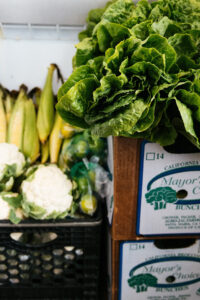 income families in West Marin with unexpected expenses,” shared Yareli Cervantes, Emergency Assistance Program Manager at WMCS. “Just by serving food, we’re able to really get to know people and identify their needs. It opens up the conversation for them to come seek out financial assistance.”
income families in West Marin with unexpected expenses,” shared Yareli Cervantes, Emergency Assistance Program Manager at WMCS. “Just by serving food, we’re able to really get to know people and identify their needs. It opens up the conversation for them to come seek out financial assistance.”
Though much of their work revolves around rental assistance — “rent out here is so high that it really eats the cost of living,” said Yareli — WMCS also supports neighbors with medical bills, prescriptions costs, and intake support for energy and rental assistance programs through a partnership with Community Action Marin (another Food Bank partner!).
Fun for the Kids, Too
A short walk up the road from the main WMCS hub takes us directly to the Tomales Bay Youth Center, 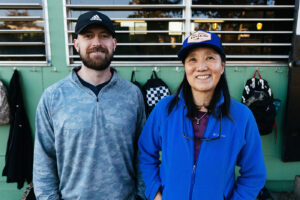 an after-school program for mainly 6th, 7th, and 8th graders, with some high schoolers too. Food Bank and community donations cover after-school snacks and meals, and the students enjoy activities ranging from art and tutoring to sports and even a youth DJ program.
an after-school program for mainly 6th, 7th, and 8th graders, with some high schoolers too. Food Bank and community donations cover after-school snacks and meals, and the students enjoy activities ranging from art and tutoring to sports and even a youth DJ program.
“The kids are really hungry, so we need a lot of food every day. We also started a cooking class that happens every Tuesday, so some of our ingredients also come from the food pantry,” shared Interim Youth Program Coordinator Piro Ishizaka. The Youth Center helps local parents who work late, says Piro: “Pt. Reyes is a small town, so there’s nowhere for [the kids] to go otherwise. That’s what we’re doing here every day — providing a safe and fun place for the kids.”
A Channel for Community Care
At the Food Bank, our hope is to support and uplift important local organizations like WMCS that provide tailored services for the needs of their communities — all with empathy and dignity. During our visit to Pt. Reyes Station, this deep care for the community shined through every conversation with neighbors, staff, and volunteers. One couple we met, Margarita and Jaime, are residents of Pt. Reyes and regular volunteers. Margarita shared, “I had the time, and so at the start of the pandemic I started volunteering with a cousin of mine. I liked it so much, I brought my husband along too!”
provide tailored services for the needs of their communities — all with empathy and dignity. During our visit to Pt. Reyes Station, this deep care for the community shined through every conversation with neighbors, staff, and volunteers. One couple we met, Margarita and Jaime, are residents of Pt. Reyes and regular volunteers. Margarita shared, “I had the time, and so at the start of the pandemic I started volunteering with a cousin of mine. I liked it so much, I brought my husband along too!”
It’s clear Margarita isn’t the only one who feels this way. WMCS Executive Director Socorro Romo summed it up: “There is the love of the community and there’s the support of the community; we are just the channel to get that through.”



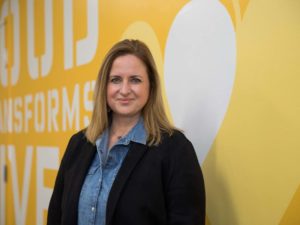 What’s your overall pulse, 100 days in?
What’s your overall pulse, 100 days in?
 “Although our church can’t fellowship in person and the doors for the church are closed, we like to say that the church is still open and we’re still doing the work,” explained Minister Damonn White, who spends his Thursdays at the Pop-up Pantry Cornerstone now hosts in partnership with the Food Bank.
“Although our church can’t fellowship in person and the doors for the church are closed, we like to say that the church is still open and we’re still doing the work,” explained Minister Damonn White, who spends his Thursdays at the Pop-up Pantry Cornerstone now hosts in partnership with the Food Bank. reporting that they did not have enough food in the last two weeks.
reporting that they did not have enough food in the last two weeks.



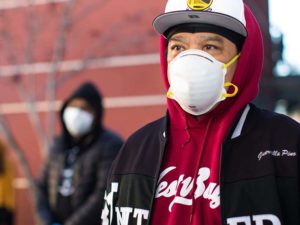
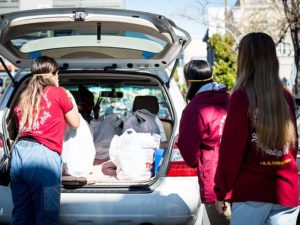

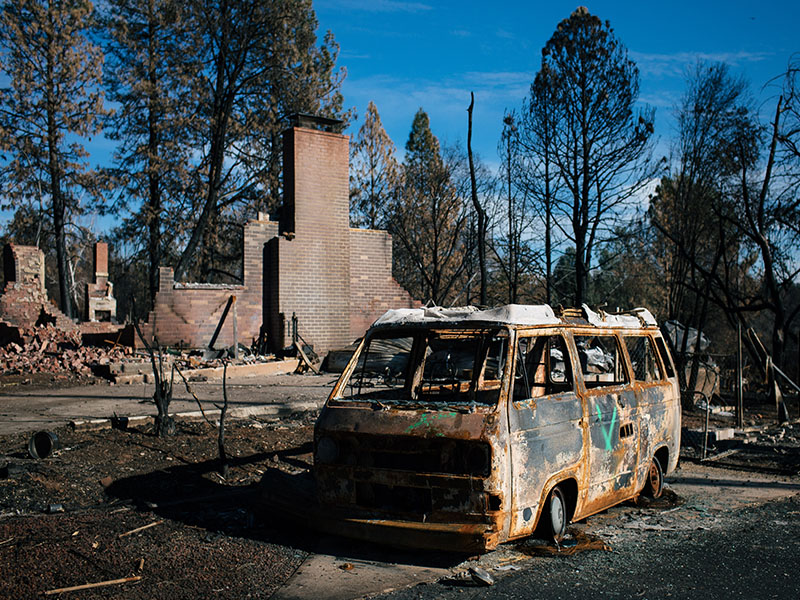 An hour later, fiery chunks of debris were pelting the couple’s home. When it was all over, they were left with nothing but their brick chimney and charred sludge and debris. “We lost fifty years of everything in that house,” Jean said. “It’s numbing.” The couple is now navigating insurance to begin rebuilding their house and their lives.
An hour later, fiery chunks of debris were pelting the couple’s home. When it was all over, they were left with nothing but their brick chimney and charred sludge and debris. “We lost fifty years of everything in that house,” Jean said. “It’s numbing.” The couple is now navigating insurance to begin rebuilding their house and their lives.
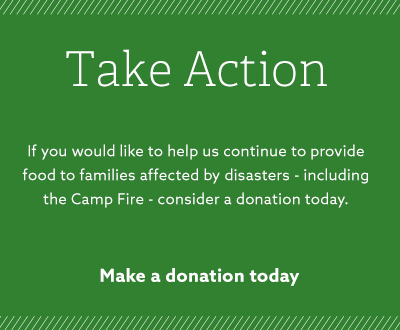
Share